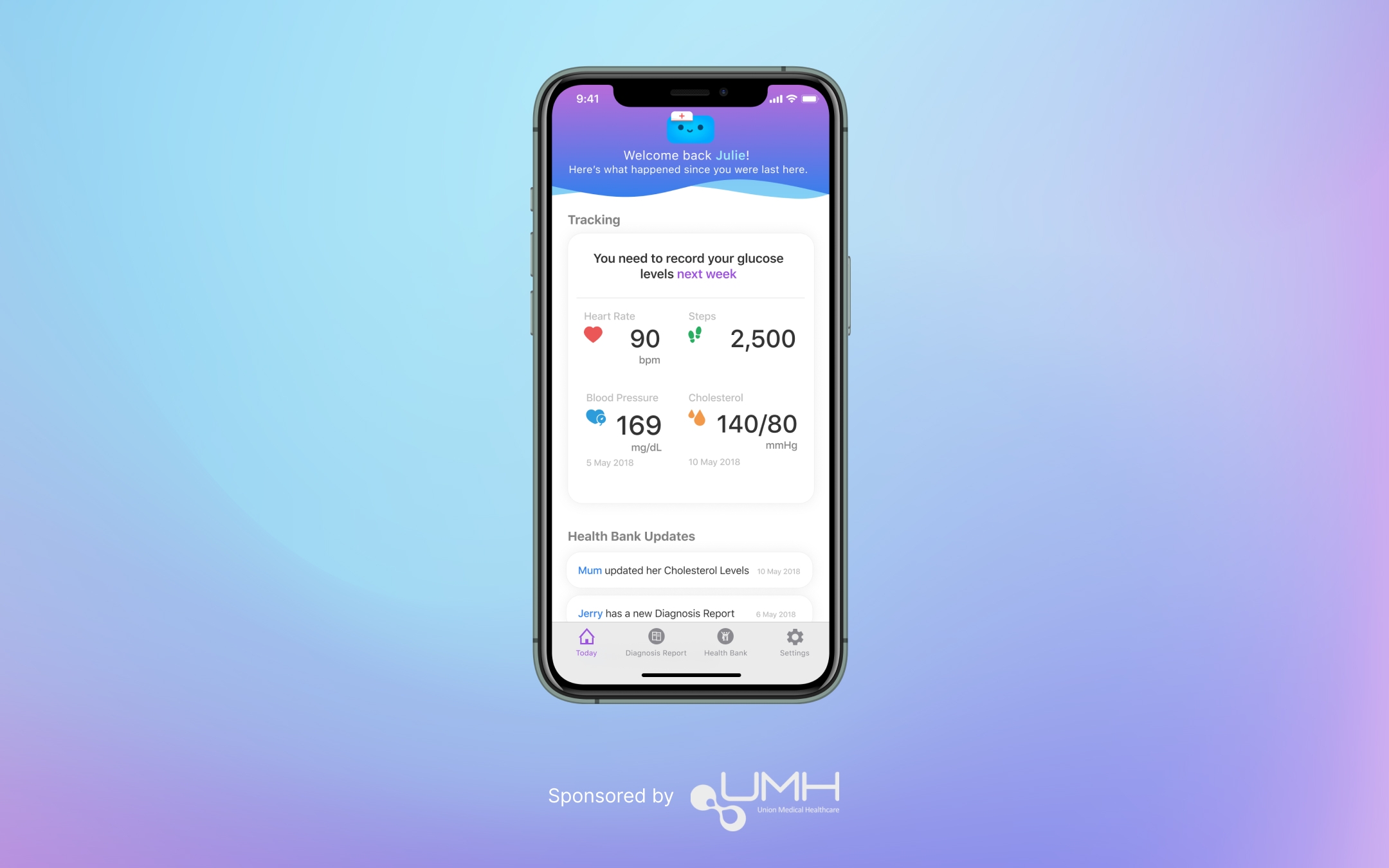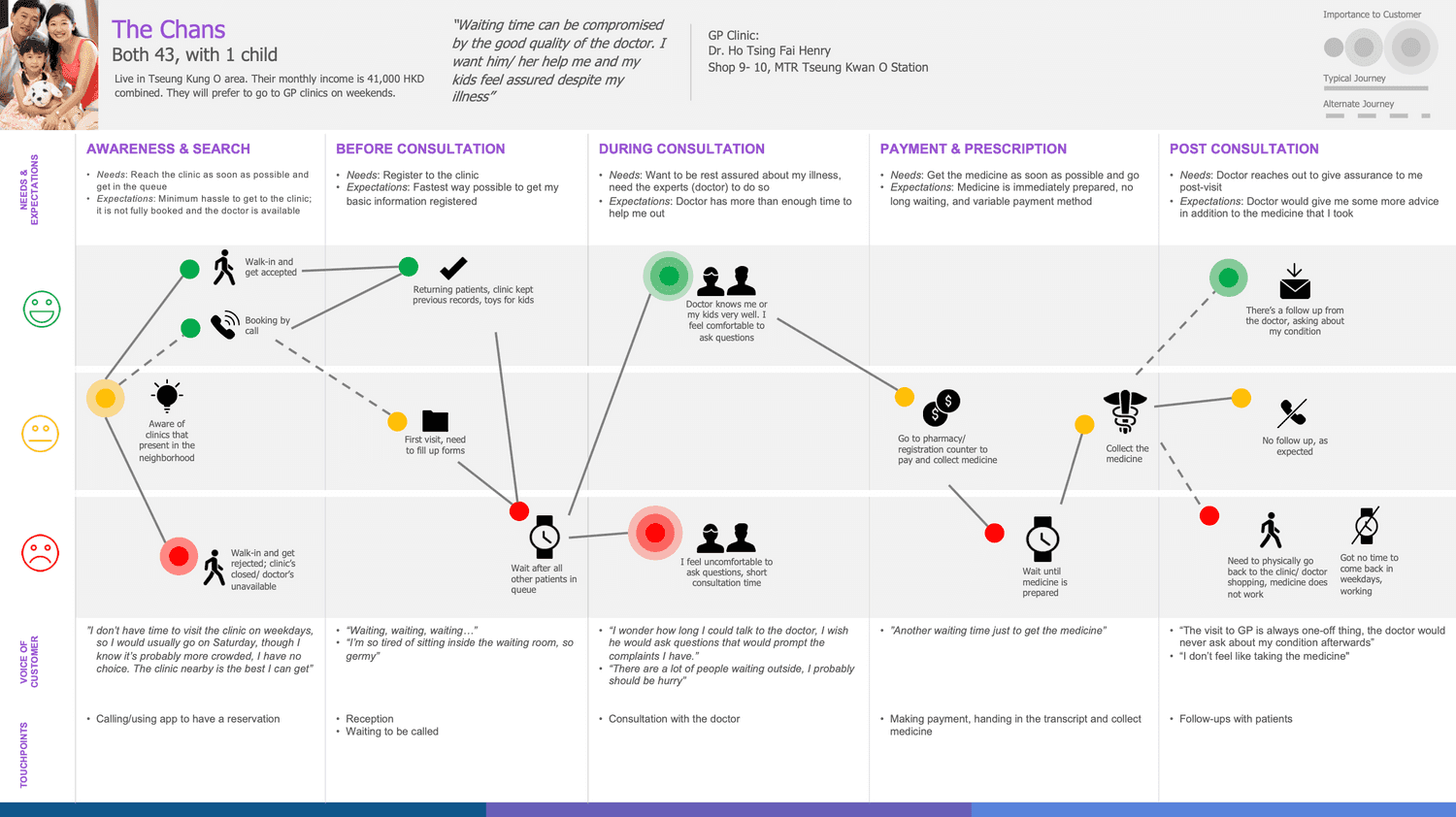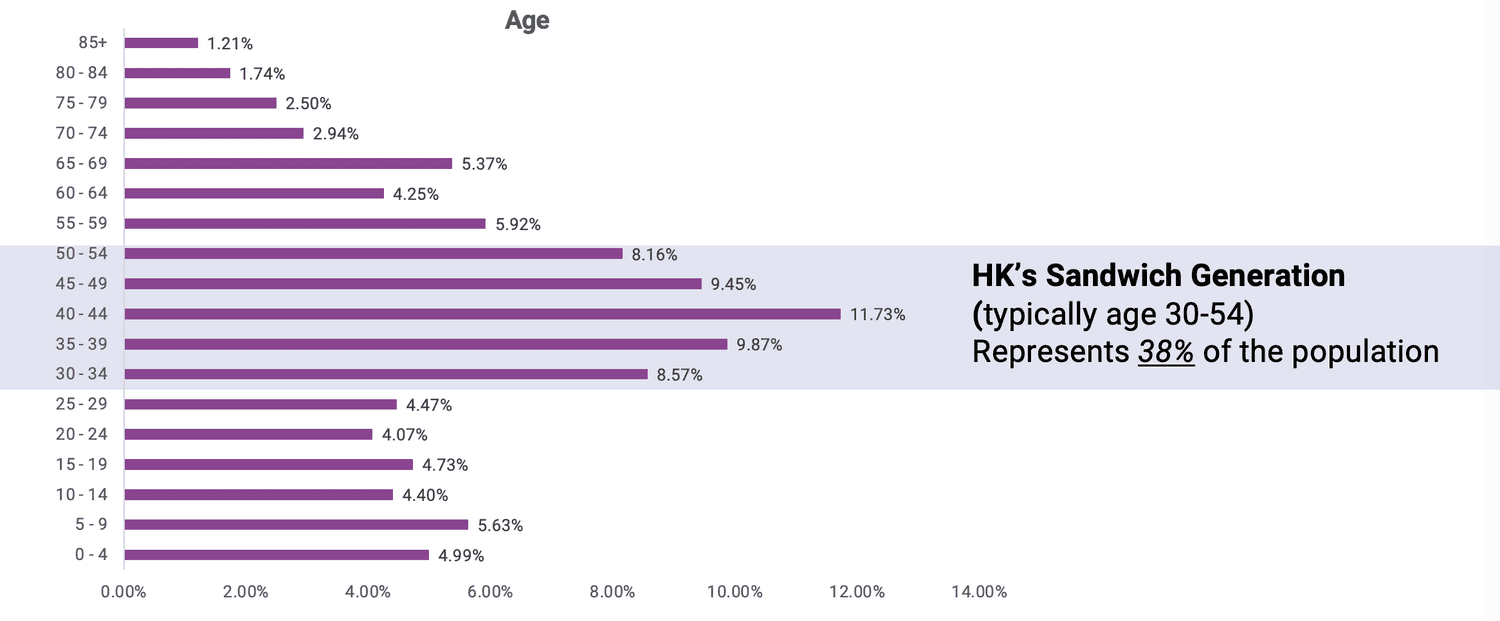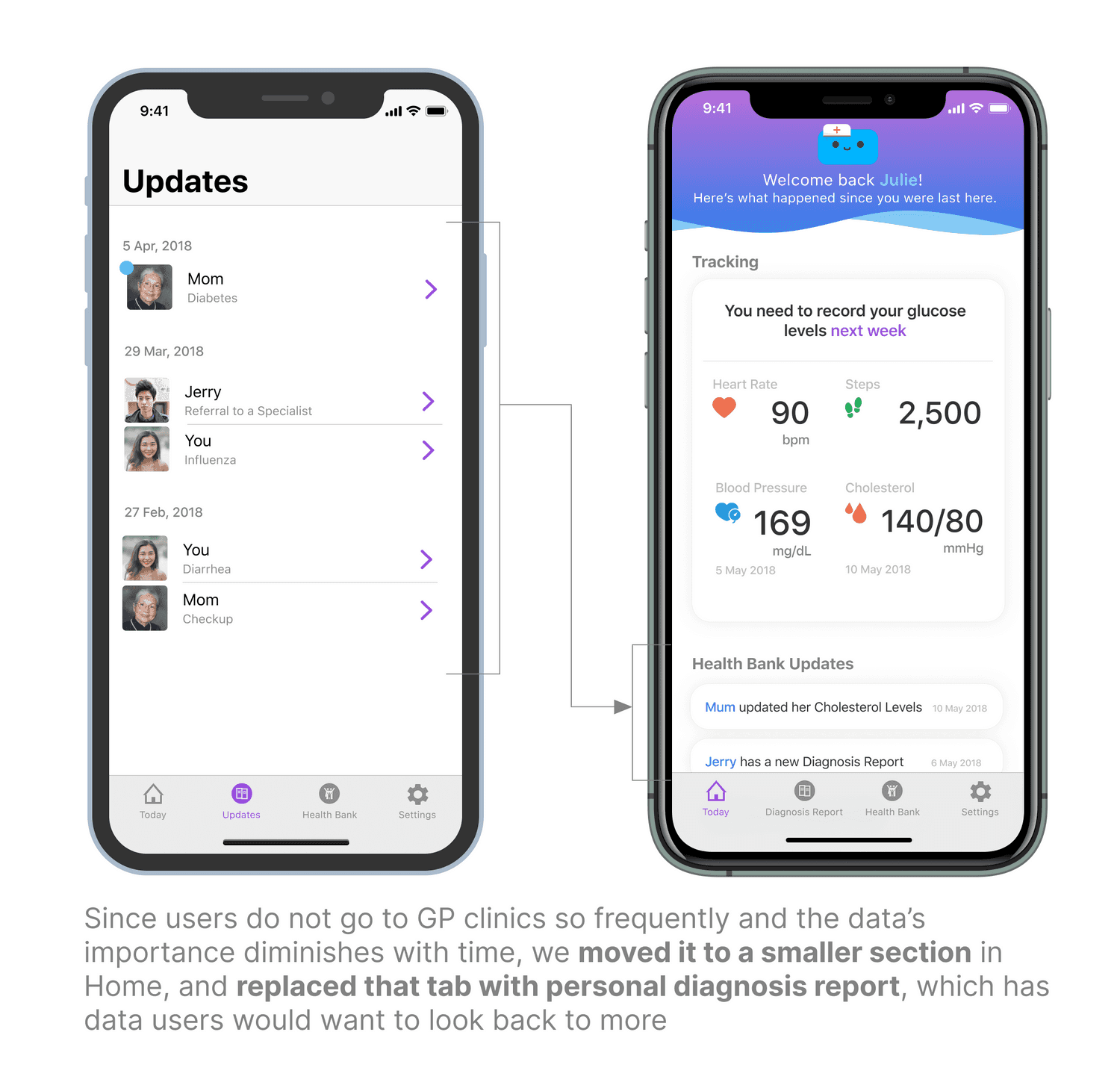
UMH - Personalizing the healthcare experience for Hong Kong’s sandwich generation
Timeline
4 months, Feb - June 2018
Role & Responsibilities
Deliverables
Overview
Background
UMH, Hong Kong’s leading medical healthcare service provider with 26 different services
Objective
Branching out to General Practitioner clinics
UMH is looking to branch out to GP clinics, and have tasked us to reimagine what GP 2.0 would look like. (A general practitioner, also called a GP or generalist, is a physician who does not specialize in one area of medicine. GPs provide routine health care (e.g., physical examinations, immunizations) and assess and treat many different conditions, including illnesses and injuries. )
How might we improve the patient journey in GP clinics?
Research
Is there even a problem with the current GP practice?
(hint: YES!) We conducted research to understand the current user journey of patients and pinpoint the problems that exist and how painful they are. UMH is considering the new territories area, so our research is focused on demographic data there.
🤵 5 Semi-structured Interviews
Interviewed students and families on their experience with GP clinics📍 Field Research
Visited GP clinics in the Tseung Kwan O neighborhood, one of the areas that UMH is considering, to observe how long patients wait, their tendencies, and who they're with.💻 Secondary Research
Analyzed demographic data and foot traffic of UMH's target areas, such as size, household income, and population by age🩺 4 Client Decision-maker Interviews and Observation
We interviewed the Clinical operations director, CFO, Director of IT, and General manager of medicine from UMH, as well as visited their aesthetic clinics, to understand the company's values and current practices.Insights
The sandwich generation - a large, high potential, yet underserved market
The sandwich generation (ages 30-54) are those who take care of both their children and their parents.
High potential - Extended influence over children and parents
The pressure of supporting parents and children have grown as children stay at home longer and life expectancy risesUser Journey
An experience highly dependent on circumstances that can be kept consistent

Solution
Digitizing GP clinics to make UMH the go-to for the sandwich generation
When we optimize for the sandwich generation (guardians), we also optimize for their areas of influence - children and seniors.
1. Pre-consultation
Utilize idle wait times
Because of the variability of patients and their guardian, a more feasible solution instead of eliminating wait time is to use it to prepare them for their consultation. Here, we’ll ask basic questions such as their symptoms and what their most pressing concerns are.
2. During consultation
Optimize consultation time
The doctor gets a summary of what the patient’s responses are, as well as a preliminary diagnosis of the patient. This cuts out the fluff and ensures that doctors have time to understand and assure their patients.
3. Post consultation
Doctor’s notes and access to reliable information
A one-stop resource that pairs with the doctor’s notes to give guardians a more comprehensive understanding about their parents’ or child’s ailments. This provides reassurance for them.
4. For the sandwich generation
Manage family’s health
Guardians (the sandwich generation) are able to keep track of their parents’ and children’s past health records and checkup updates instead of filing papers and individually contacting different clinics. Storing these records not only benefit customers, they also increase switching cost of customers for UMH.
Prototyping
Iterations and usability tests
Due to time constraints, I ran informal user tests by ~3 friends and family, and iterated from there. Some iteration highlights are shown below:










